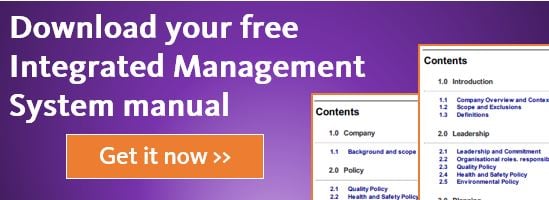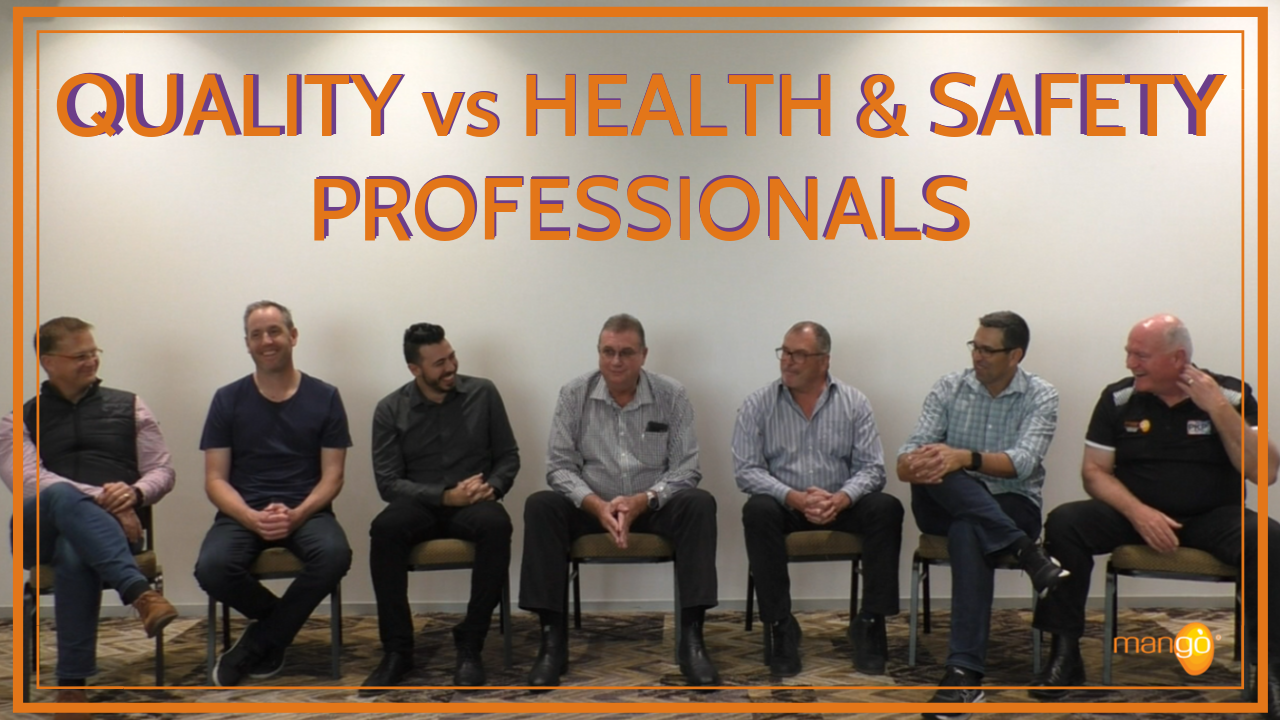In this blog I’m combining the competence and awareness clauses. I firmly believe that someone can only be deemed competent if they have an awareness of the quality management system. No awareness? Then sorry, no competency. In my book, competence and awareness always go hand-in-hand.
Clause 7.2: Competence
The standard breaks competence down into 3 stages:
- Determine the competence that someone needs to have to be able to control the work they do that will have an effect on the performance of the quality management system (QMS).
- Ensure that the people who are controlling the job are competent based on their education, training and experience.
- If there are gaps between stages 1 and 2, create an action plan to address those gaps.
At Mango we use a skills matrix to guide us through the three stages. We’ve found this matrix to be a powerful, elegant tool in our compliance tool box. Here’s what we do: on one axis of the matrix we describe the skills that are required for the system. On the other axis we list the people and their positions in the company.
Next, we assess our people against the skill. We found – and you’ll likely find this too – that not all people have all of the skills, and conversely, not all of the skills have people assigned to them. This gap analysis neatly highlights the areas in which we are weak, lacking or exposed. At this point, the action plan on where to go next has pretty much written itself. As you can see, the skills matrix is a valuable, visible compliance tool that does a lot of the heavy lifting for you.
When I was working as an ISO 9001 certification body auditor I always took a great deal of interest in the competence and awareness clauses. I would ask what gaps the organisations had in their skills matrix and the importance of those gaps. Then I would go out and look at those gaps and the processes around them. I’d question the staff doing those jobs.
All of this was real auditor fodder because the gaps are a goldmine for a non-conformances or recommendations. Don’t wait for an auditor to come in and walk you through the skills matrix. They’re simple to understand, easy to use and powerful in what they reveal. There’s really no excuse!
Here’s another pro-tip from an external auditor’s perspective - one of the common problems I found was organisations failing to take into account an employee’s education, training and experience. All too often I saw companies only listing the training that employees had received whilst under their employ, with no mention of prior experience, or other education or training received whilst they were employed elsewhere.
Not listing experience, education or prior training is a big mistake. These aspects are valuable cultural capital that you ignore at your peril, because like financial capital, the health of your business is built on it.
Clause 7.3: Awareness
As outlined in the sister standard ISO 9000 Quality Management Systems - Fundamentals and Vocabulary, “awareness is attained when people understand their responsibilities and how their actions contribute to the achievement of the organization’s objectives.”
The key here is that you need to ensure that staff are fully aware of their responsibilities. This awareness could occur through various means such as:
- Documented policies and procedures
- Training sessions
- Meetings
- Assessments
Once staff are clearly aware of their responsibilities, the next step is to make them conscious of how those responsibilities and their actions can contribute to the company meeting and achieving its objectives.
For example, at Mango, we defined the operational procedures in a few simple documents. We then discussed those procedures in staff training sessions. Every month we have management meetings to run through those procedures again to ensure staff still have a clear understanding of their responsibilities. Then finally we sit with the staff and assess their awareness levels of their responsibilities. This assessment is then added to the skills matrix. Too easy!
Takeaways
Here is a list of takeaways that will help you achieve these clauses:
- Determine the level competence required to do a job.
- Assess the staff for competency based on their education, training and experience.
- If there are gaps then create an action plan to address those gaps. Make staff aware of the QMS through:
- Documented policies and procedures
- Training sessions
- Meetings
- Assessments
- Keep the skills matrix up-to-date. Monthly is ideal, but quarterly will do in a pinch.
View previous blogs in this series "How to Implement a QMS and Achieve ISO 9001 Certification":
How to Implement a QMS and Achieve ISO 9001 Certification - Part 1: Introduction
How to Implement a QMS and Achieve ISO 9001 Certification - Part 2: Customer Focus
How to Implement a QMS and Achieve ISO 9001 Certification - Part 3: Leadership
How to Implement a QMS and Achieve ISO 9001 Certification - Part 4: Engagement of People
How to Implement a QMS and Achieve ISO 9001 Certification - Part 5: Process Approach
How to Implement a QMS and Achieve ISO 9001 Certification - Part 6: Improvement
How to Implement a QMS and Achieve ISO 9001 Certification - Part 7: Evidence Based Decision Making
How to Implement a QMS and Achieve ISO 9001 Certification - Part 8: Relationship Management
How to Implement a QMS and Achieve ISO 9001 Certification - Part 12: Clause 5.2 Policy
How to Implement a QMS and Achieve ISO 9001 Certification - Part 15: Clause 6.2 Objectives
How to Implement a QMS and Achieve ISO 9001 Certification - Part 16: Clause 7.1 Resources
.png?width=200&height=51&name=image%20(2).png)





